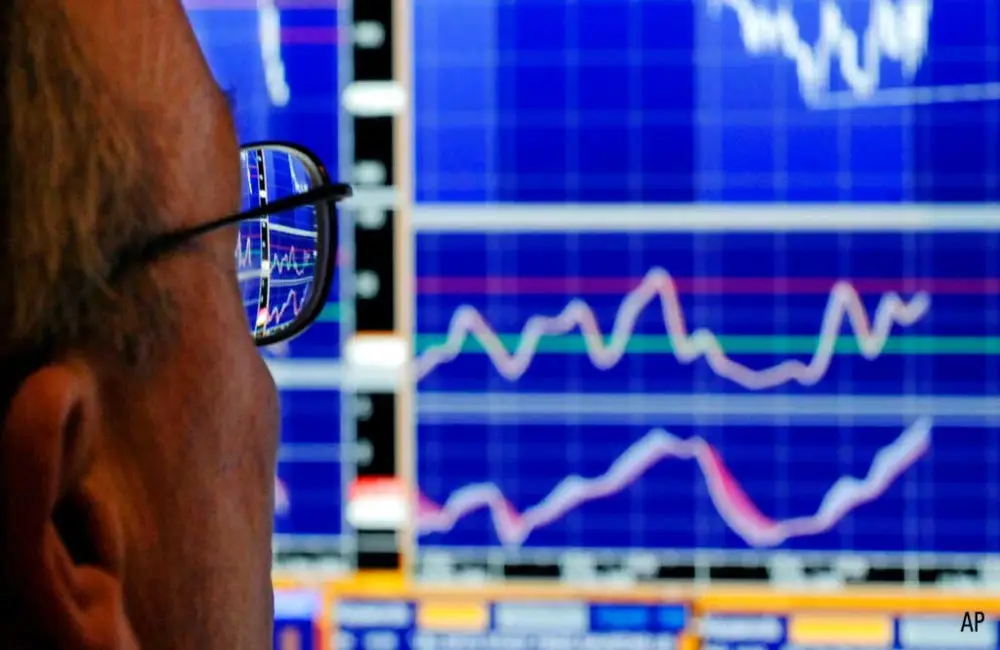ZEW Index (7.7, expected 10.0) The Reserve Bank of New Zealand rose to the occasion on Wednesday this week and increased the official cash rate by 0.75 basis points in their quarterly meeting. The report released by the Monetary Policy Committee conveyed their opinion that the cash rate needed to be raised to bring inflation back to target.
Rising core inflation, beyond capacity employment levels and mounting near term inflation expectations were all alluded to as reasons why a higher cash rate was necessary.
The statement also carried the present economic evaluation and monetary outlook that indicated, notwithstanding the projections, the New Zealand economy is anticipated to fall into recession in 2023 as other economies. The committee thinks the recession will come from the direction of higher interest rates.
They also observed that the recession was expected to be protracted over a number of quarters. New Zealand’s official cash rate is currently at 4.25% with headline inflation at 7.2% and unemployment at 3.3%.
The unregulated window is closing for BNPL sector
The Treasury published a consultation paper on Monday laying out three options designed to establish a regulatory framework for the buy-now pay-later sector in Australia. As of the time of writing the industry is unregulated, there is an exemption for (credit card) type lending under the National Consumer Credit Protection Act.
The proposals set out in the paper go from a scheme of government-industry co-regulation to different levels of regulation within the Credit Act itself. The options paper is open for public consideration until the end of December, with Australians now given a chance to have their say on whether there needs to be regulation in the industry.
After the paper was released, the stock prices of after-pay companies dropped off throughout the week. Shares of Zip were down 4.5%, those of Sezzle dropped 6.67% and Block’s fell 2.89%.
EU slammed over 'joke' oil cap
The European Union this week floated the idea of imposing a price cap on Russian oil. A coordinated EU spend by the authorities of twice that figure is a very different thing, and the only way to enforce this is with a cap of, say, $65-$70/b as an EU response to Russia's devastating move into Ukraine.
The problem with the price caps has been on the excessive criticism level, as the range that is proposed is higher than the cost of production in Russia, so even with these price caps, the country is likely to make a profit.
Some diplomats in the European Union have said the range of US$65 to US$70 per barrel is too high and equivalent to a historic average price per barrel. The EU was set to meet on Wednesday to approve the price cap and decide its appropriate ceiling, but the meeting was postponed.
Russia has been selling its crude at a discount and according to Bloomberg, an upper limit may have little influence on trading.
Fed waits, slower rates coming with recession feared
Support building to taper rates was even spelled out in the minutes from the Federal Open Markets Committee’s (FOMC) gathering released this week. The record of the meeting says that most participants on the Committee indicated that if economic conditions evolved as they expected, it was likely sometime soon that "another step" would be appropriate in the path of policy to keep inflation sustained at 2 percent.
Slow and steady: The document also indicates some of what would be gained by going slower, like giving the committee time to judge progress in its goals of maximum employment and price stability, and modulating the risk of financial instability in the American economy.
The option value of a recession was also discussed in the debrief with FOMC staff as risks to real economic activity are tilted to the downside and that the odds the American economy would be in a recession at some point in 2023, for example, may be most likely.
























